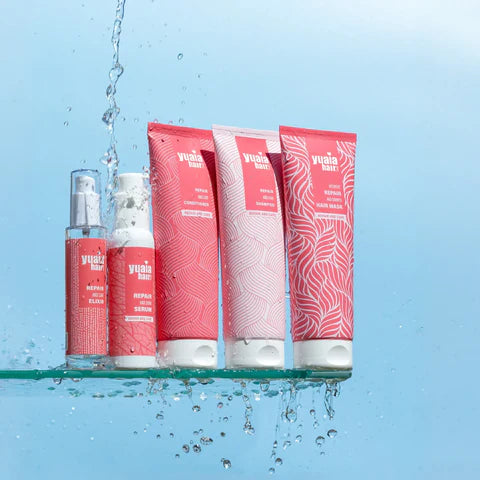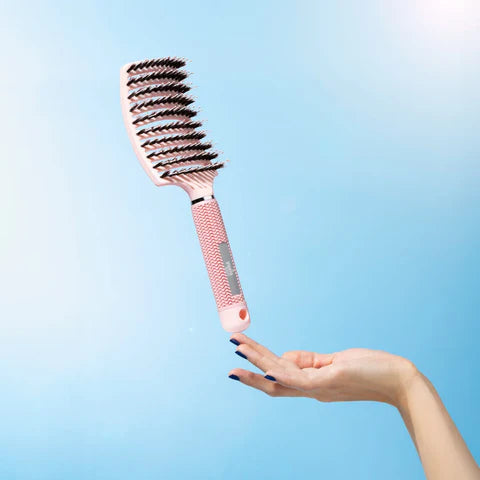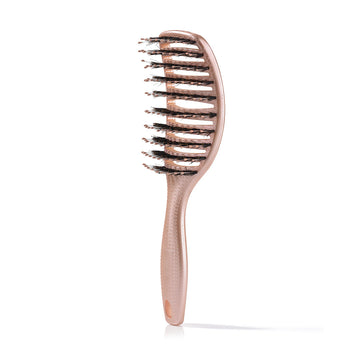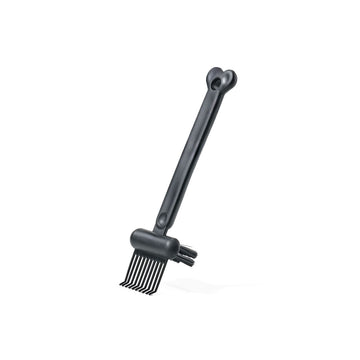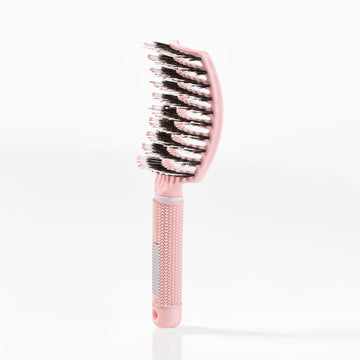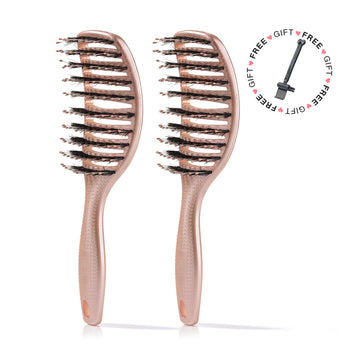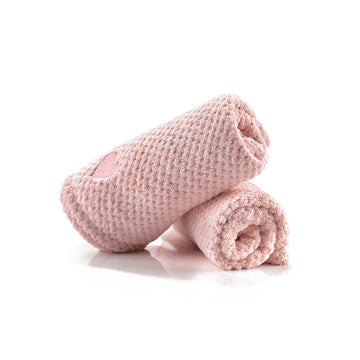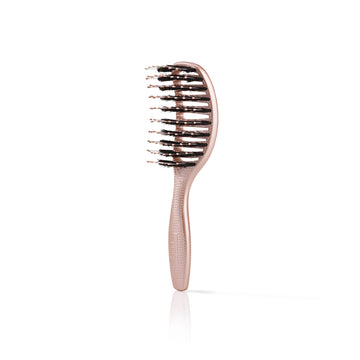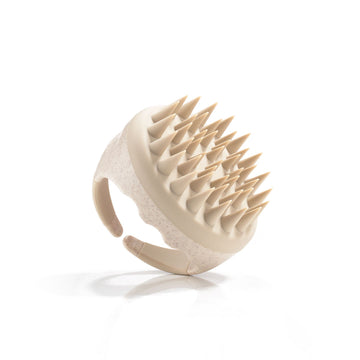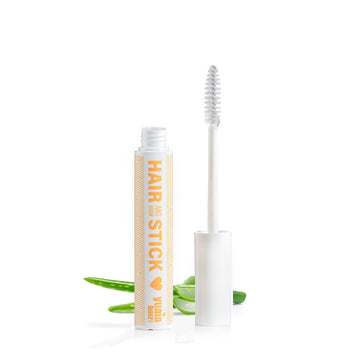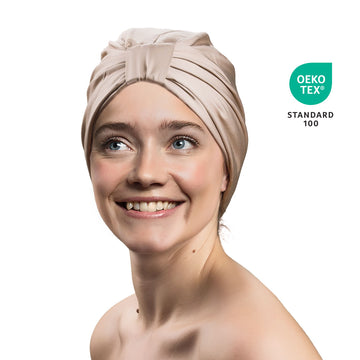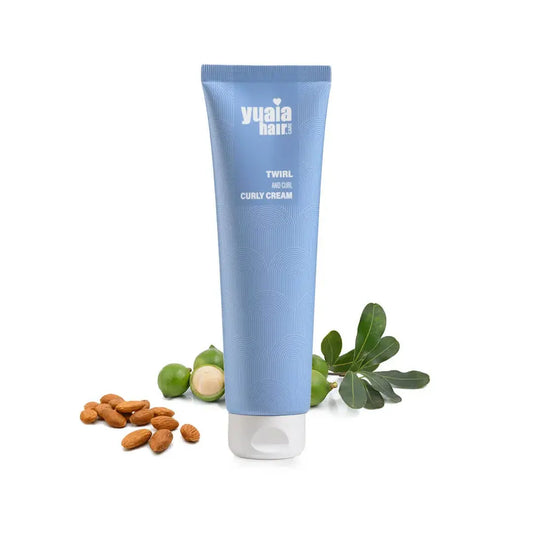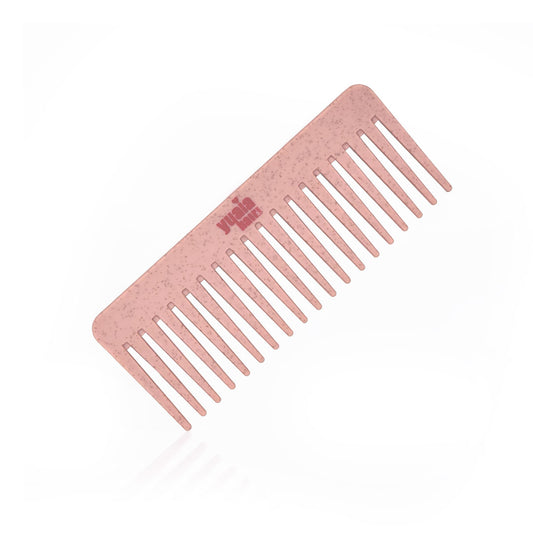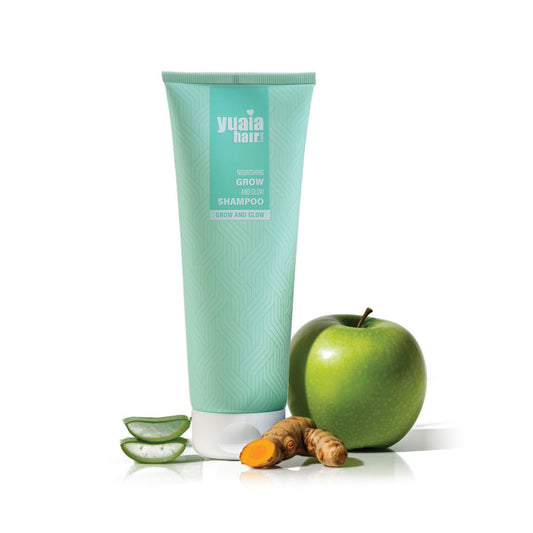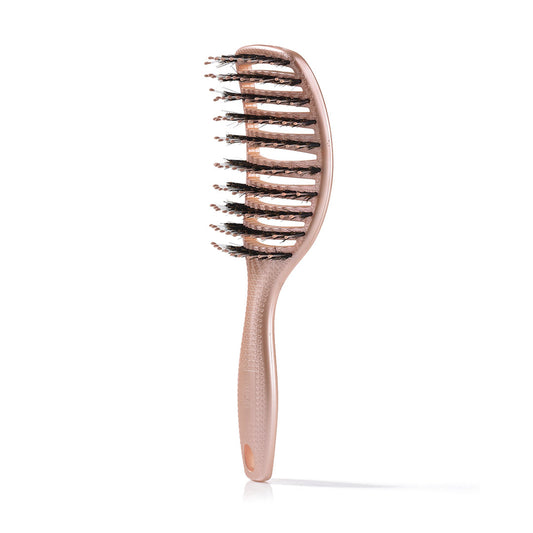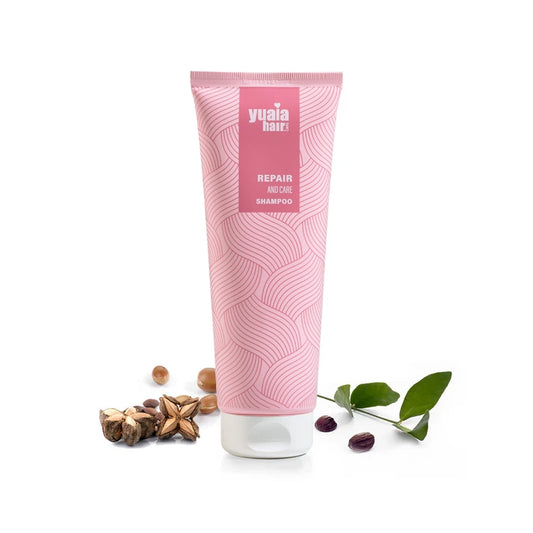
Understanding the hair type chart
The hair type chart is a valuable tool for identifying natural hair texture, categorizing hair into four main types: straight, wavy, curly, and coily. Each type is further divided into subcategories A, B, and C, representing variations in curl tightness and pattern complexity. Here's a closer look at each type:
- Type 1: Straight hair, known for its smooth texture and tendency to become oily due to the lack of curls that allow natural oils to travel easily from root to tip.
- Type 2: Wavy hair, which forms loose 'S' shapes. This type often has a natural sheen and can be prone to frizz, requiring lightweight, hydrating products to maintain its texture.
- Type 3: Curly hair, characterized by clearly defined curls ranging from loose loops to tight corkscrews. Curly hair is often voluminous but can be prone to dryness and frizz, benefiting from moisturizing products like our Twirl and Curl curly cream, which enhances curls and adds definition.
- Type 4: Coily or kinky hair, featuring tight curls or zigzag patterns. This type is typically dense and can shrink significantly when dry. It requires rich, moisturizing products to maintain its health and prevent breakage.
Care tips for each hair type
Understanding your hair type is essential for choosing the right care routine. Here are some tips tailored to each type:
- Type 1 (Straight): Use volumizing and lightweight products to avoid weighing down the hair. Regular washing with a gentle, sulfate-free shampoo helps manage oiliness.
- Type 2 (Wavy): Incorporate hydrating conditioners and avoid heavy styling products that can flatten waves. Air-drying and diffusing can help enhance natural wave patterns.
- Type 3 (Curly): Moisturizing is key. Use leave-in conditioners and curl creams to define curls and reduce frizz. Avoid brushing dry curls to prevent breakage.
- Type 4 (Coily/Kinky): Deep conditioning treatments are beneficial. Use oils to lock in moisture and protect against breakage. Gentle detangling with a wide-toothed comb can help manage tangles without causing damage.
Choosing the right products
Selecting products that align with your hair type is crucial for maintaining hair health. Opt for sulfate-free shampoos and conditioners to gently cleanse and condition without stripping natural oils. For those with thinning or fine hair, our Grow and Glow shampoo offers a gentle cleansing formula that supports hair health. If your hair is dry or damaged, the Repair and Care shampoo provides nourishing ingredients to help restore moisture and strength.
How to determine your hair texture and type
Determining your hair texture and type can be an enlightening process that helps tailor your hair care routine to your specific needs. Begin by examining your hair when it's in its natural state, free from products and styling. Observe the curl pattern, strand thickness, and overall behavior of your hair. Is it straight, wavy, curly, or coily? This assessment will guide you in identifying your hair type according to the hair type chart.
In addition to curl pattern, consider your hair's porosity and elasticity. Porosity refers to how well your hair absorbs and retains moisture, while elasticity indicates how much your hair can stretch without breaking. Understanding these aspects can further enhance your hair care strategy, ensuring your hair remains healthy and vibrant.
Brushing and styling natural hair
Brushing and styling are important aspects of maintaining natural hair texture. The choice of brush can make a significant difference in how well your hair responds to styling. For those with curly or coily hair, a brush made with boar bristles, like our Curvy Brush, is effective for detangling and styling without causing damage. This type of brush helps distribute natural oils from the scalp throughout the hair, enhancing shine and reducing frizz.
When styling, consider using products that complement your hair type. For instance, lightweight gels and creams can enhance curls and waves, while heavier creams and oils may be better suited for coily hair to lock in moisture and definition.
The role of genetics in hair texture
Genetics play a significant role in determining your natural hair texture. Your hair's curl pattern, thickness, and overall behavior are largely inherited traits passed down through generations. This genetic blueprint is what makes each person's hair unique, contributing to the diversity of natural hair textures.
Embracing your genetic hair texture allows you to personalize your hair care routine and celebrate the uniqueness of your natural hair. By understanding the genetic factors at play, you can make informed choices about products and styling techniques that work best for you.
Frequently asked questions
Can natural hair texture change over time?
Yes, natural hair texture can change due to various factors such as hormonal changes, aging, and environmental influences. It's important to adapt your hair care routine to accommodate these changes and maintain healthy hair.
What are the best practices for maintaining healthy natural hair?
Maintaining healthy natural hair involves regular cleansing with sulfate-free shampoos, deep conditioning treatments, and using products that suit your hair type. Minimizing heat styling and protecting your hair from environmental damage are also beneficial practices.
How does hair texture affect styling options?
Your hair texture significantly influences the styling options available to you. For instance, straight hair may hold styles differently than curly or coily hair. Understanding your texture helps you choose styles and products that enhance your hair's natural beauty and manageability.
 2-4 day UK delivery
2-4 day UK delivery
 25.000+ satisfied customers
25.000+ satisfied customers
 Satisfaction Guarantee
Satisfaction Guarantee



